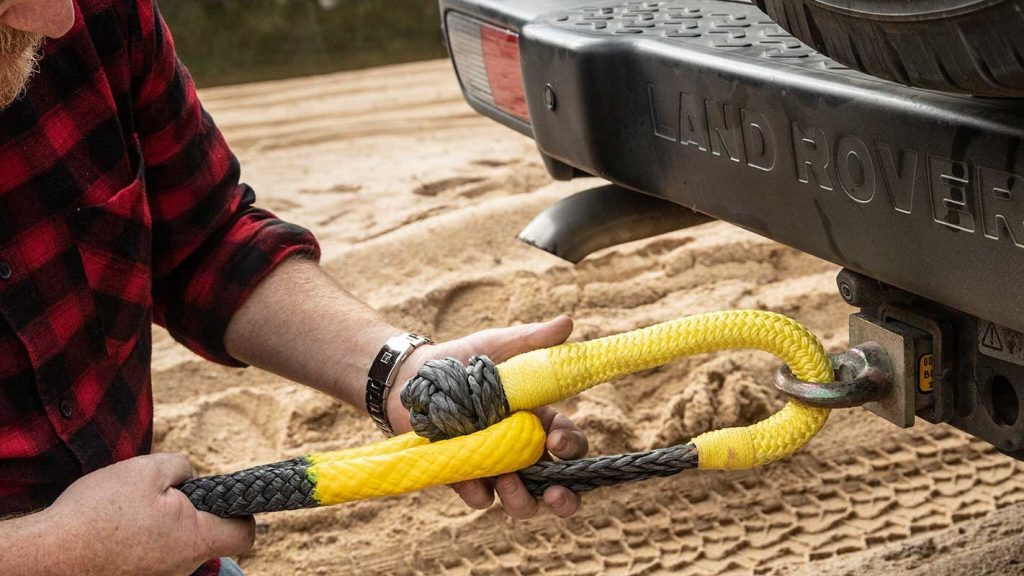Kinetic ropes are effective recovery tools anyone can travel with. Today’s kinetic ropes are safer, stronger, and smarter than before. A Yankum Rope for Jeep is designed to ensure a smoother recovery of vehicles in any situation such as water, snow, sand, and mud. Kinetic recovery ropes are made to stretch and transfer the kinetic energy buildup from the vehicle used for recovery to the vehicle to the recovered. They are elastic enough to stretch 50% more than traditional snatch straps.
Reasons to Use Kinetic Ropes
The surfaces that the recovery vehicle and the vehicle to be recovered are on mainly determine the reason to use a kinetic rope. Using a static chain or strap to recover a vehicle in soft sand will only result in the vehicle digging a hole. This is also true when the vehicle is on a slippery muddy track. There has to be proper traction; otherwise, the recovery vehicle will just bog down. Often, a kinetic rope lets the recovering vehicle gain momentum, minimizing the chances of bogging down.
A kinetic energy rope transfers energy from the vehicle that has the momentum to the bogged-down vehicle. It absorbs the energy from the recovery vehicle, stores it as possible energy and applies the force into the stuck vehicle.
Things to Consider When Getting a Kinetic Rope
If you are shopping for a kinetic rope, here are factors you should consider:
- Rope thickness and outer layer strength. The kinetic rope’s outer coating and thickness determine its strength. Nylon ropes are made to resist water, UV, and abrasion. But if water reaches the core of the nylon, the rope is instantly weakened. The best provider combines heavy-duty nylon material and unique treatment on their finished rope to come up with a product that is protected against abrasives like sand and dirt as well as UV.
- Breaking strength and size. The size of a recovery rope is vital to its effectiveness in using to recover a vehicle. This type of rope is available in a range of sizes and load ratings. Ideally, the rope should be 2x to 3x the vehicle’s weight.
- Splice depth. The splice can determine the rope’s strength. In general, a long splice means a strong rope. The splice should be tapered properly at the end and have a harsh finish. Otherwise, it can make a weak point in it.
- Trusted maker. Make sure to choose a rope from a trusted brand and manufacturer. This way, you can get a rope with made from high-quality materials for extra rope protection and has passed rigorous product testing.

